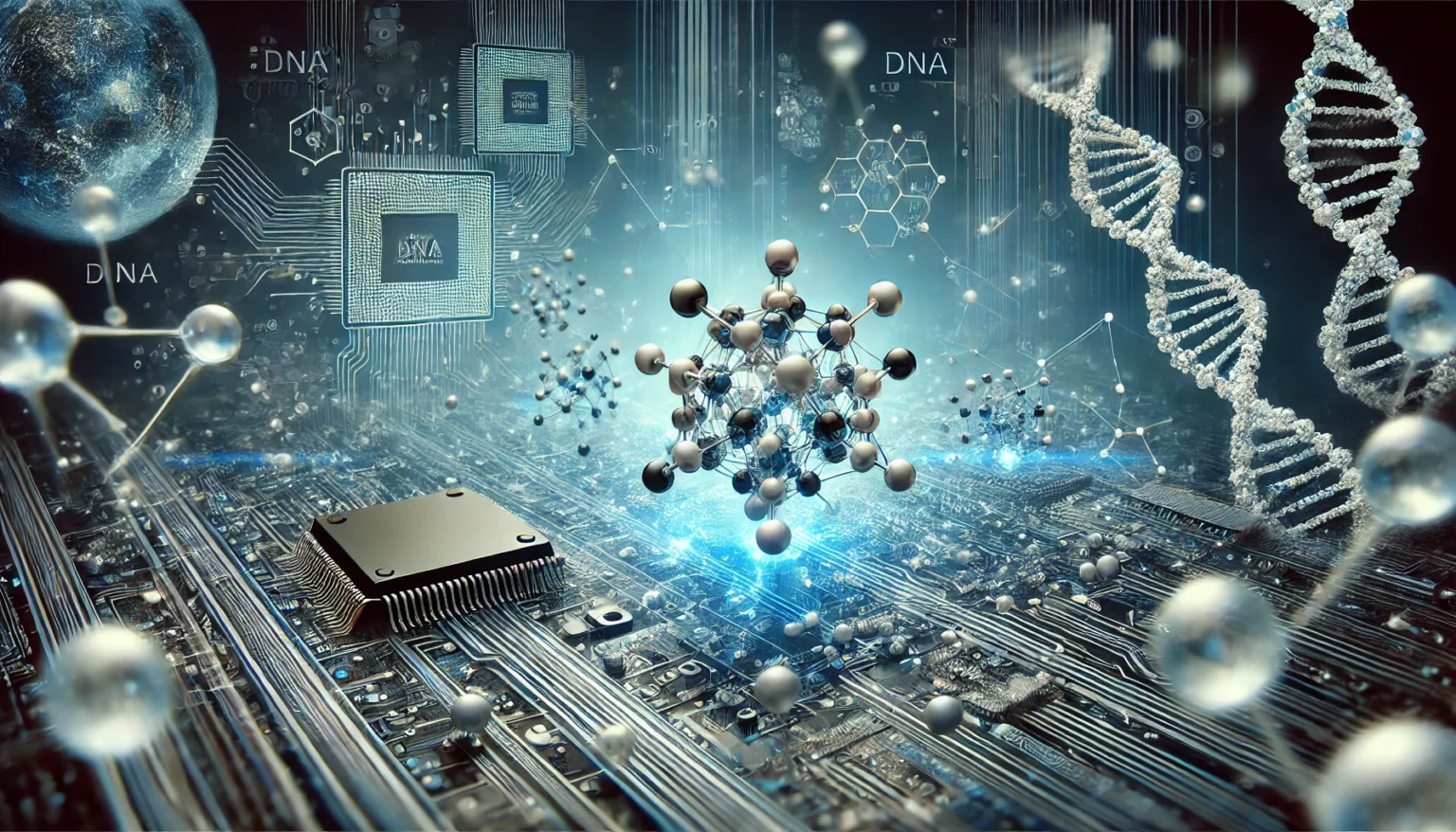Nanotechnology: The Science of the Small That’s Transforming the World
Introduction to Nanotechnology
Nanotechnology is the science of manipulating materials at the atomic and molecular level to create structures and devices with unique properties. Imagine a technology so small that it works on the scale of atoms and molecules, but its impact is monumental. This cutting-edge field is already making waves across various industries, from healthcare and electronics to environmental management and beyond.
What is Nanotechnology?
Definition and Concept
The manipulation of matter at the nanoscale, or between 1 and 100 nanometers, is the subject of nanotechnology. To put that into context, one billionth of a meter is equal to one nanometer. At such a minuscule scale, materials exhibit entirely different physical, chemical, and biological properties compared to their larger counterparts.
Historical Background of Nano-technology
Although the term “nano-technology” was coined in 1974 by Norio Taniguchi, the concept gained prominence after physicist Richard Feynman’s famous 1959 lecture titled “There’s Plenty of Room at the Bottom.” Feynman’s pioneering theories established the foundation for the ultimate development of nano-technology.
.
Why is Nanotechnology Important?
Applications of Nano technology
Nanotech has the potential to revolutionize virtually every industry by offering new methods of creating products with enhanced performance, lower costs, and reduced environmental impact. It’s being applied in areas like drug delivery, electronics, and energy storage, where conventional approaches often fall short.
Current Advancements in the Field
Today, nanotechnology is being used to create more effective cancer treatments, build faster and smaller electronics, and develop materials stronger than steel but lighter than plastic. The unique properties of nanomaterials are leading to innovations that were once thought to be the stuff of science fiction.
The Science Behind Nanotechnology
Nanomaterials and Their Unique Properties
The behavior of materials at the nanoscale is governed by the principles of quantum mechanics, which leads to unexpected and fascinating properties. For example, nanoparticles can have a much higher surface area relative to their volume, making them extremely reactive and useful in catalysis and energy storage.
The Role of Quantum Mechanics
At the nanoscale, classical physics no longer applies, and the effects of quantum mechanics become significant. This means that electrons behave differently, materials may become superconductors, or light can be absorbed or emitted in entirely new ways.
Different Types of Nanomaterials
Nanomaterials can exist in various forms, such as nanoparticles, nanotubes, nanowires, and nanofilms. Every kind has particular qualities and uses of its own. For example, carbon nanotubes are known for their strength and electrical conductivity, making them ideal for use in electronics and materials science.
Techniques for Nanomaterial Synthesis
Top-Down Approach
The top-down approach involves breaking down larger materials into nanosized particles. Techniques like lithography and etching are commonly used to create nanoscale patterns and structures.
Bottom-Up Approach
The bottom-up approach, on the other hand, involves building up structures atom by atom or molecule by molecule. Chemical vapor deposition and self-assembly methods are typical examples of this approach.
Applications of Nanotech Across Various Sectors

Medicine and Healthcare
Nanotech is paving the way for groundbreaking advances in medicine and healthcare. It enables targeted drug delivery systems that can release medication directly at the site of infection or disease, minimizing side effects.
Drug Delivery Systems
Nanocarriers, such as liposomes and dendrimers, can deliver drugs with high precision, reducing the required dosage and improving patient outcomes. This has shown promise in the treatment of cancer, where traditional chemotherapy often affects healthy cells.
Diagnostic Techniques
Diagnostic instruments based on nanotech can identify illnesses in their early stages, frequently before symptoms manifest. For instance, nanoparticles can be engineered to bind to specific proteins associated with certain diseases, making diagnosis faster and more accurate.
Electronics and Computing
In electronics, nanotechnology is being used to develop faster and more efficient transistors, essential for smaller and more powerful devices.
Faster and More Efficient Transistors
Nanotransistors are capable of switching on and off at much higher speeds than traditional transistors, which could lead to faster and more powerful computing devices.
Quantum Computing Potential
Quantum dots, a type of nanomaterial, hold the potential to revolutionize computing by enabling the development of quantum computers. These computers have the potential to tackle issues that traditional computers are presently unable to.
Energy Sector
Nanotechnology is revolutionizing the energy sector by improving the efficiency of energy production, storage, and usage.
Solar Energy Enhancements
Nanomaterials can be used to create more efficient solar cells, enabling higher energy conversion rates and making solar power a more viable energy source.
Nanomaterials in Battery Technology
Nanotech is also being used to develop batteries that charge faster and have a longer lifespan than traditional batteries. This is particularly important for electric vehicles and portable electronics.
Ethical and Societal Implications of Nanotech
Safety Concerns and Regulations
As with any emerging technology, nanotechnology raises several safety and regulatory concerns. There’s still much to learn about how nanoparticles interact with human biology and the environment.
Human Health Risks
Some nanoparticles may pose risks to human health if inhaled, ingested, or absorbed through the skin. Rigorous testing and safety protocols are essential to mitigate these risks.
Environmental Impact Considerations
The environmental impact of nanotech is another critical area of concern. While nanotechnology can help in pollution control and waste management, the long-term effects of nanoparticles on ecosystems remain unclear.
The Future of Nanotechnology
Upcoming Trends and Innovations
The future of nanotech is bright, with innovations such as self-healing materials and smart textiles on the horizon.
Self-Healing Materials
Imagine materials that can repair themselves when damaged. Researchers are working on self-healing polymers that could be used in everything from electronics to infrastructure.
Smart Textiles and Wearable Technology
Smart textiles embedded with nanotechnology can monitor health metrics, adjust to temperature changes, and even power wearable devices, making them the next big trend in both fashion and healthcare.
Potential Challenges Ahead
Despite its promise, nanotechnology faces significant challenges, including regulatory hurdles and public skepticism.
Regulatory and Safety Challenges
Ensuring the safety and effectiveness of nanotechnology applications will require robust regulatory frameworks. International collaboration and consensus are necessary to establish global standards.
Conclusion
Nanotechnology is undoubtedly one of the most exciting fields of modern science, with the potential to transform industries and improve lives. Its unique properties and applications span across multiple domains, from medicine and electronics to energy and environmental management. While there are still challenges to overcome.


